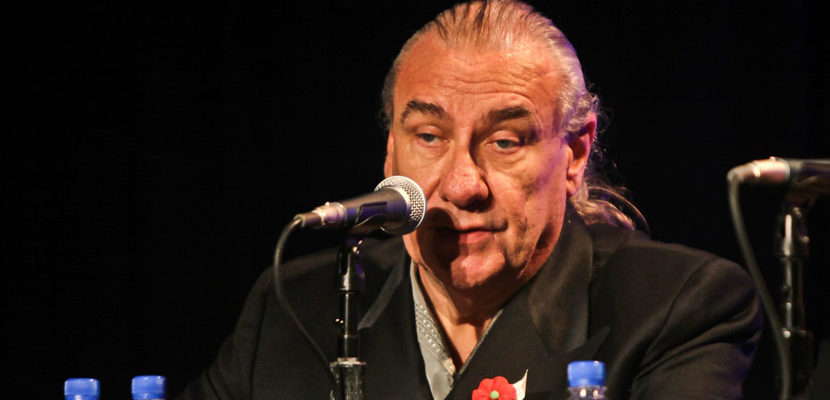BREAKING: Iron Maiden Frontman Bruce Dickinson’s ‘ C…read more.
For Bruce Dickinson, Balls to Picasso wasn’t just another solo album—it was a personal milestone.
Originally released in 1994, the album came during a pivotal moment in Dickinson’s life. Having stepped away from his role as Iron Maiden’s iconic frontman, he was searching for something deeper, more reflective. At the time, the record confused fans and critics alike. Its stripped-down sound and introspective lyrics stood in stark contrast to the theatrical metal anthems he was known for. Even Dickinson has admitted that he wasn’t sure how it would be received.
“I felt like I was starting from scratch,” Dickinson recently shared at a Q&A event. “It wasn’t about proving anything it was about figuring out who I was without the band.”
Now, over three decades later, Balls to Picasso is enjoying a long-overdue resurgence. Thanks to a remastered deluxe reissue that includes demo tracks, live versions, and unreleased material, the album is finally being embraced as a powerful and heartfelt statement from an artist in transition.
Songs such as “Tears of the Dragon” are now hailed for their raw honesty and emotional weight. What once seemed like a departure is now seen as a bold step toward vulnerability. “That song was me facing fears,” Dickinson explained. “It was about letting go of safety and finding my way.”
New listeners are discovering the album with fresh ears, connecting with its sincerity and the story behind its creation. Across online forums and fan pages, people are sharing how the music has resonated with them how its themes of identity, struggle, and personal growth feel more relevant now than ever.
“It’s a deeply relatable album,” said fan Laura Mendes from São Paulo. “It doesn’t try to impress you with theatrics it speaks to you like a person.”
Music journalists have also begun re-evaluating the record’s place in rock history. A recent Rolling Stone feature called it “one of the most misunderstood albums of the ‘90s,” while critics now praise its emotional honesty and stylistic risk-taking.
The newly released bonus track “No Way Out… Continued” adds another layer to the experience, offering a more mature reflection on the themes explored in the original. Dickinson described it as “a conversation with the younger me,” and listeners seem to agree it adds closure and context to a once-overlooked period of his career.
At 66, Bruce Dickinson remains a legend in the world of heavy metal, but the revival of Balls to Picasso shows another side of him a creative spirit willing to take risks, even when the outcome is uncertain.
In hindsight, Balls to Picasso wasn’t a detour it was a necessary journey. And now, it’s finally being recognized as the bold, heartfelt expression it always was.



